The History of Chinese Tea
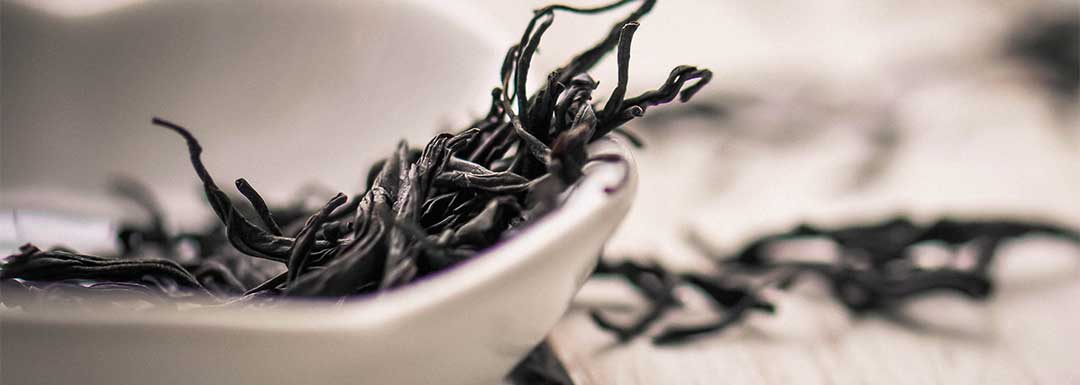
The history of tea, along with the history of China, goes back thousands of years, and is full of wonderful stories and interesting legends.
Originally the tea plants - Camellia sinensis - grew in a region in the south of China, in an area which includes the northern part of Burma, and the Yunnan and Sichuan provinces of China. Now, in Yunnan, there are still some wild tea trees that are over 1,000 years old. But of course, the real question is, who first had the idea of making it into a drink?
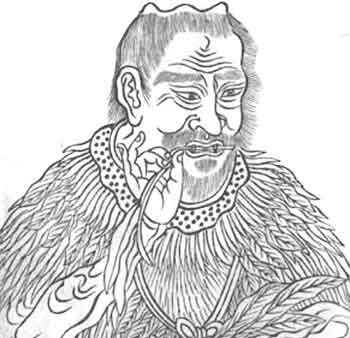 Shennong
Shennong
Chinese legends credit Shennong, whose name means "god-farmer" or "god-peasant", with the invention of tea as a drink in 2437 BCE. It is said that he tasted hundreds of herbs to assess their medicinal value. One story says that, as emperor, he had decreed that people should boil their water before drinking, and one day, as he was holding a bowl of freshly boiled water, a few leaves from the tea plant fell into it. He noticed that the water changed color, and that it had a pleasant flavor and restorative properties. Another story says that as he tested many herbs on himself, whenever he found one that was poisonous, he would use tea as an antidote.
There are some written references to tea during the time of the Qin dynasty (221 - 206 BCE), mentioning that after conquest by the Qin, the Shu had "learned how to drink tea", and again there is a letter in which the general Liu Kun was requesting that some "real tea" be sent to him.
Physical evidence of tea was found (in 2016) in the mausoleum of the Han emperor Jin, in Xi'an. There are also writings (from 59 BCE) in a document titled "Contract for Youth" that they must "boil tea and fill the utensils" as well as "buy tea at Wuyang". Again, there is also a reference to tea being cultivated on Meng Mountain during this time.
So tea was available, and people were drinking it, but at this time it was considered a medicinal drink only. Nevertheless, by the Tang dynasty (618 - 906 CE) it had become a recreational drink, and its popularity was spreading to other East Asian countries such as Korea, Japan and Vietnam.
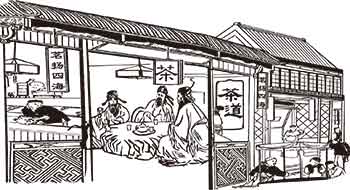 Chinese teahouses in ancient times
Chinese teahouses in ancient times
At that time, the leaves were processed by being steamed, pounded and then shaped into a cake form for sale. But as time passed, during the Song era, loose leaf tea was developed and become popular. Teahouse culture developed, with as many teahouses as there were restaurants in all of the cities and villages.
People experimented with the process for preparing the leaves, and during the Yuan (127 - 1368 CE) and Ming (1368 - 1644 CE) eras people discovered if they took the unoxidized leaves, first pan-frying them, and then rolling and drying them, they remained green, as this stops the oxidation process that turns the leaves dark. And so green tea was developed.
Then carelessness while processing green tea allowed the leaves to turn yellow, and a new flavor of tea was discovered - yellow tea. In the 15th century, oolong tea was also developed by allowing the leaves to partially oxidize before pan-frying.
During the 16th century, Portuguese priests and merchants introduced tea drinking to Europe, and it became enormously popular. The first mention of tea in English writing dates back to 1615 when Richard Wickham, running the East India Company office in Japan wrote to a merchant in Macau asking for tea.
By the 17th century it had also became fashionable among the Britons, who just could not get enough of it, requiring more and more supplies. Unfortunately, despite efforts to counterbalance tea imports with the opium trade, it was proving exorbitantly expensive and importing sufficient quantities was unsustainable. Some tea seeds were smuggled out of China, and efforts were made to learn how to cultivate it in commercial quantities in India. After various trials it was found that the variation Camellia sinensis var. assamica grew better there.
The East India Company brought tea to Europe in 1610. The French were enjoying tea in 1636, and the Russians in 1638, but the Britons - who now cannot live without it - not until 1650.
Meanwhile, in the east, after being accepted as something to drink for more than medicinal purposes, tea was being cultivated as a crop rather than only being picked from the wild trees, and the tea-drinking habit was more common among the nobility initially. Soon there were religious overtones, with the Buddhists particularly enjoying how it prevented dreariness and languor, while the Taoists like to store tea in brick form, believing it could help people stay young. Tea became not only a healthy, enjoyable drink, but a part of ceremonies that reflected the spiritual dimension and held deep cultural meanings.
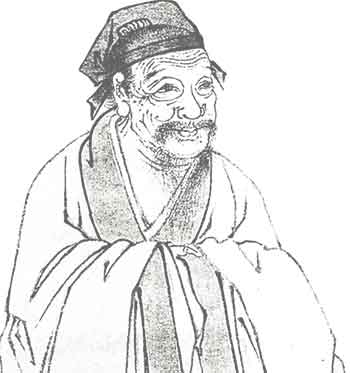 Zhuxi
Zhuxi
The tea ceremony involved the choice of the right tea, the type of water added, the utensils , the time taken, and finally the presentation of the beverage. Even back in the Song era, teahouses were popular, as well as tea shops which stored large amounts of leaves, and prepared tea for their customers.
One of the reasons the Chinese culture and knowledge of history are so strong, is that everything was written about from the earliest times. Zhu Xi, a philosopher from South Song dynasty, started the practice of drinking tea in a certain ritual. During the Tang dynasty, Lu Yu wrote about the origin, production, utensils, and process for making tea. The presence of these, and many more, have made it possible for a revival of solemn tea drinking ceremonies by Chinese people in China and overseas.
In the latter years, since the opening up of China, teahouses have developed and continued to flourish, with more than 25,000 teahouses, employing over 2.5 million workers.

OR
Are you eager to begin your Chinese cultural journey?
Drop us a line and we will promptly connect you with our leading China expert!
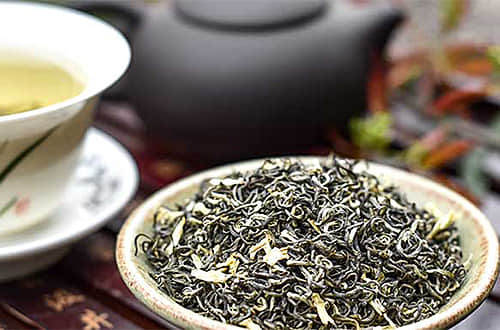 Types of Chinese Tea
Types of Chinese Tea 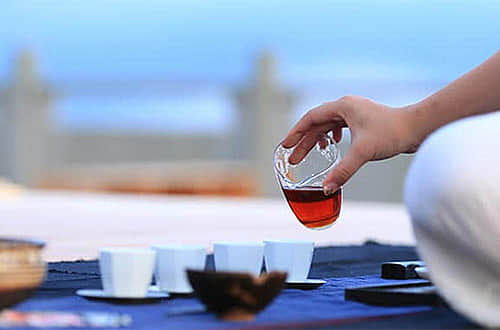 How to Make and Drink Tea
How to Make and Drink Tea 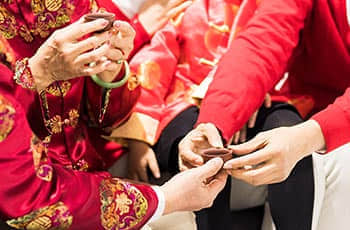 How Does the Chinese Interact with Tea?
How Does the Chinese Interact with Tea? 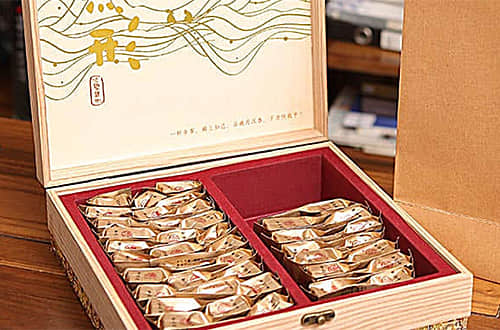 Chinese Tea in Trade and the Economy
Chinese Tea in Trade and the Economy